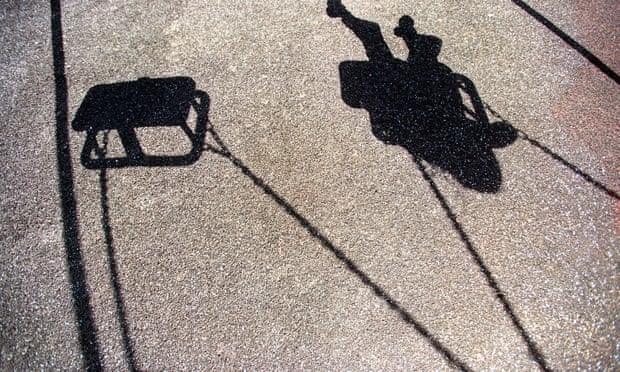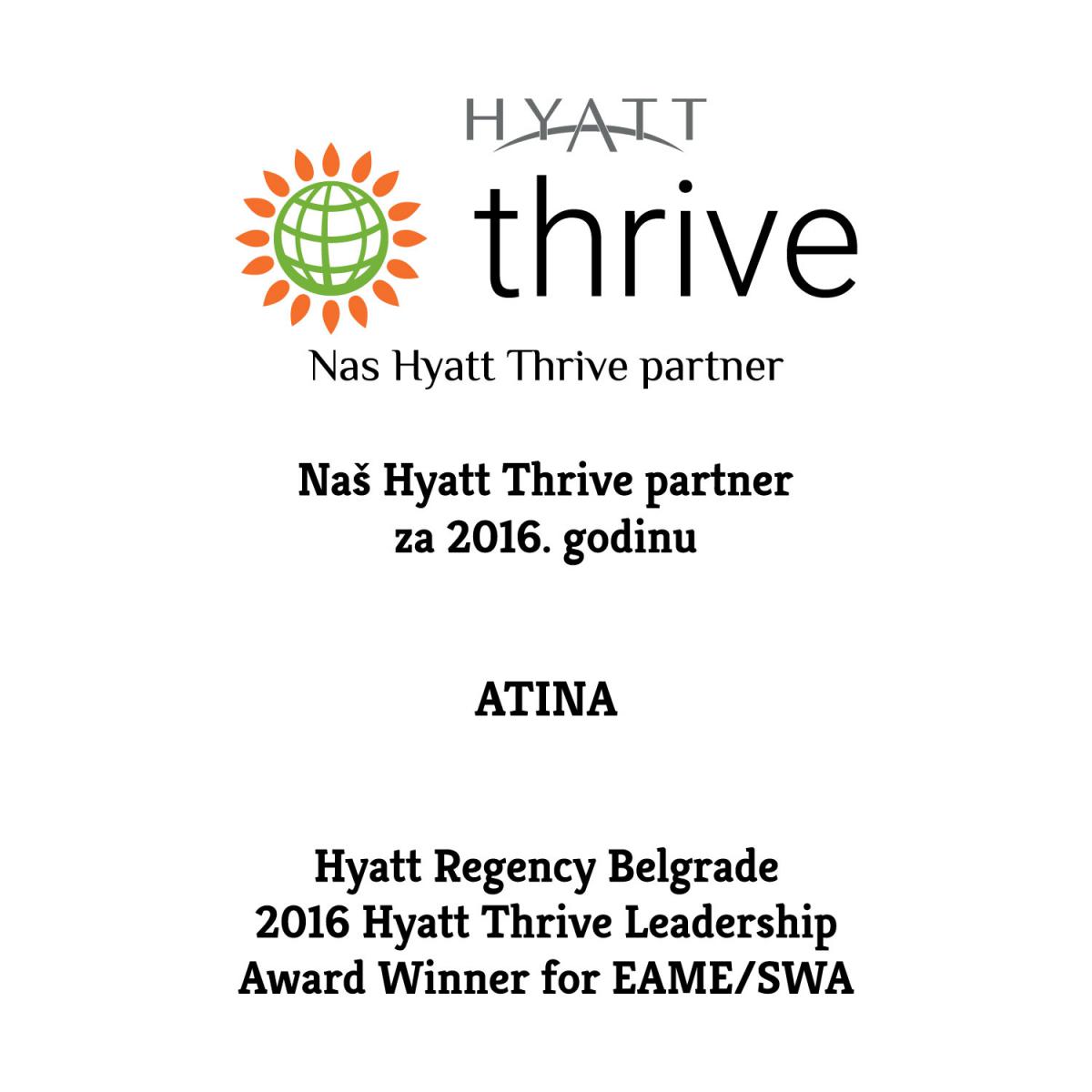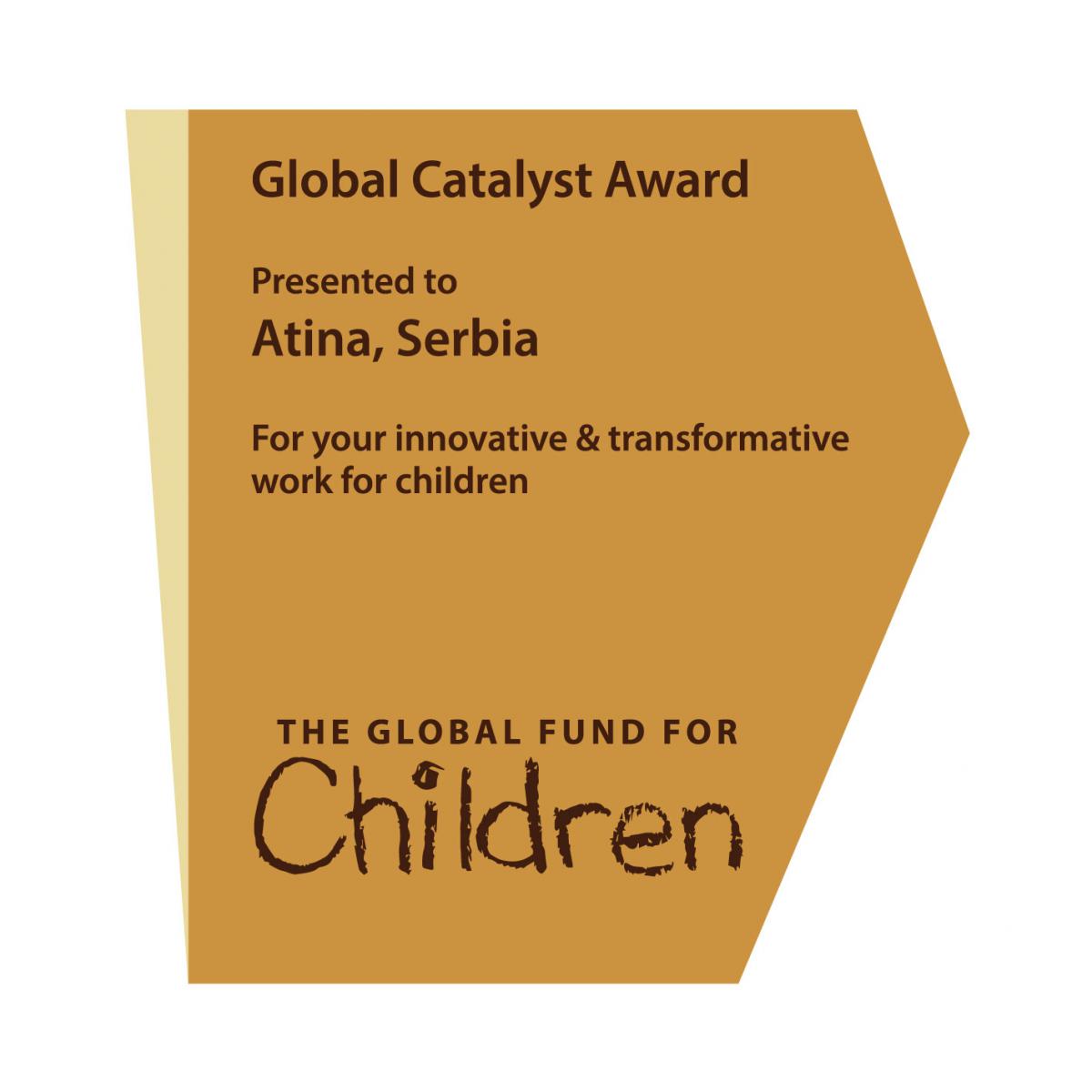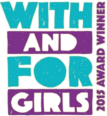Hotline: +381 61 63 84 071
Why the system is not capable of identifying and helping victims of trafficking in Serbia

Why the system is not capable of identifying and helping victims of trafficking in Serbia
Photo: Jack Sullivan/Alamy Stock Photo
During last year, out of 57 victims of human trafficking, almost half of them, that is 24, were children. Traffickers most commonly use children for forced labour or begging, criminal activities, sexual exploitation or forced marriages, as stated by NGO “Atina”, organization that deals with combating human trafficking.
According to their data, total of seven children have been sexually exploited, while three of them have been victims of labour exploitation. Six children have been forced into marriage, while two of them have been victims of forced begging. Girls constitute 49 percent of the total number of children who have been victims of human trafficking, which are shocking statistics provided by this organization.
Program Manager of “Atina” Jelena Hrnjak, confirms that data, and asserts that more cases involving trafficking of children would have been revealed had it not been for Coronavirus.
– Given that the official response to the to COVID was predominantly coming from health entities, many services, as well as the employees from state institutions working in this field, have been reassigned to different positions where identification of victims of human trafficking hasn’t been a priority. However, the reality is that Corona has shaken, to a great extent, already fragile system of identification and protection of victims of human trafficking in Serbia – she has stated for 24sedam.
Everyone has to be engaged
However, Hrnjak adds that in our country the number of identified victims has been decreasing every year, and that the global practice implies having entire society engaged in the process of identifying them.
For many years, the state of Serbia has recognized fewer and fewer victims, despite the fact that it is establishing more and more state working groups, offices that are hiring more state officers to work on this issue. Increased number of identified victims implies improved system, not vice versa. That is the practice across the globe. Also, the practice is to have everyone involved in the identification process to a large extent – citizens, kindergartens, schools, sport associations, private sector, health sector and others. Unfortunately, we are still not letting go of the idea of strong centralization here in Serbia, not even when it comes to an issue of this kind; this is where we find an answer to the question why the system is not capable of identifying and assisting majority of victims – she says.
Jelena Hrnjak says that the biggest number of identified victims of trafficking is still underage persons, and that problems in Serbia are very similar to the ones in the region.
– Problems are very similar, huge migrations of citizens, exhaustion due to the transition, breach of labour rights, nepotism. All these issues reflect on human trafficking. Cyclically, there are successes, and then several unsuccessful years, in turns. To illustrate, in 2009 Serbia announced that it will open a shelter for the victims of human trafficking, which happened only in 2019, with 10 years of delay. The year after, in 2020, the shelter was closed. There are numerous examples, everywhere we go – she explains.
Hrnjak adds that it is worrying that there is a potential for change, but it is not happening due to different reasons.
Children are putting up with horrible things
She adds that throughout 18 years of working with victims of trafficking, the members of the organization have been encountering many children who have experienced violence, have been abused or blackmailed.
– Since they have been neglected, many children haven’t had appropriate health care, thus the conditions they end up in and the consequences they suffer are unsolvable later on. We have encountered children who have developed different chronic disease as a result of the trauma, which has disabled their functional life in the future – children who have been HIV positive after sexual exploitation. Those numerous and visible, as well as invisible, consequences contribute to their recuperation being long and painful. We often meet children that are suffering from unexpected pain, depression, anxiety, suicide attempts or abuse of psychoactive substances as a result of violence they have been exposed to; consequently, they develop other health conditions in the future – she has explained and added that all forms of violence against children are present.
– Establishing power, dominance and control is done not only with physical violence, but also with emotional conditioning, as well as economic, mental pressure and other forms of abuse – says Hrnjak.
She adds that traffickers pick children as they are well aware of the fact that their self-protection mechanisms are weaker than the ones of adults.
– An underage person has weaker defense mechanisms and reduced capacities to get out from the victim role without external assistance. That is why we are all crucial, the community the child is surrounded by, to do our best to recognize the signs of violence and to respond to them without holding back– she says.
However, the forecast on the number of victims of child trafficking that is not being tracked down is very gloomy.
– Those statistics shows that the biggest number of victims, especially victims of sexual violence, actually never speak up about what has happened to them, most commonly due to shame and embarrassment. Therefore, it is instrumental to work with children from early ages, so that they learn that they are not to be blamed for the violence they have been experiencing, as well as that there is assistance and support they can get, and they are worth it regardless of everything – she has concluded.
It is not difficult to track victims of human trafficking
Jelena Hrnjak explains that practice has shown that it is not difficult to track down victims of human trafficking.
– There are many possibilities, however there has to be a strong will, especially with professionals who have opted for this area of work. They have to commit to lifelong learning, to leave their ego behind, which is usually way more difficult than tracking down cases of trafficking of children – she stated.
The original text can be found via the following link: https://24sedam.rs/drustvo/sokantno-svedocenje-o-prodatoj-deci-nasli-smo...












 FACEBOOK
FACEBOOK TWITTER
TWITTER YOUTUBE
YOUTUBE